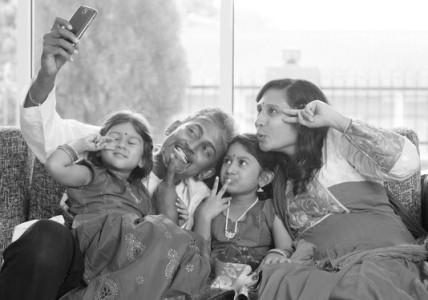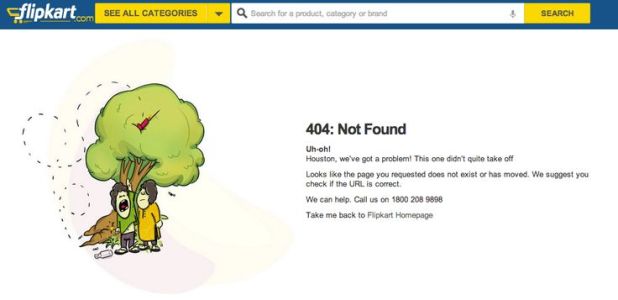
Over the last four and a half years, Evoc has worked with an impressive client roster. What we are truly proud of is our outstanding client satisfaction record; several of our retainer clients have been working with us for more than three years. We also have a near 100% client retention rate; less than 5% of our clients have ever left us and signed up with another agency.
Below is a partial list of our clients, categorised in industries or domains. The list includes retainer as well as non-retainer clients, both current and in the past.
B2B and Industrial
- Trimble
- AuthBridge
- Sloan Valve Company
- Purple Quarter
lifestyle and consumer
- Trulymadly
- Homelane.com
- Delta App
- The Man Company
- Innerchef
- Bigstylist
- Blue Tokai Coffee Roasters
- Renomania
- Teesort
- CricHQ
- Eddy tablet
B2B Technology
- EdGE Networks
- QuoDeck
- SVG Media
- Climate Connect
- Blowhorn
- Blockchain Semantics
- Zeonlab
Education
- AEON Learning
- Avagmah
- FlipClass
- Impartus
Travel and hospitality
- OYO Rooms
- Tripshelf
- Baxi – the bike taxi
Internet and mobile
- Mouthshut.com
- Bookmytrain.com
- Wydr
- Newsdog
NOT FOR PROFIT/csr
- SFLC.in
- Honda Motor
vcs and startup accelerators
- AdvantEdge
- GSF Accelerator
Special Projects
- Hitachi India
- Hitachi Consulting
- Hitachi Systems Micro Clinic
- IAMAI
- Virat Kohli Fanbox
- SastaSundar.com
- Senco Gold and Diamonds
- Joolz
If you would like to know how Evoc can support you, please call Rishi at 98116.42442, or send us an email: mail@evoc.in









